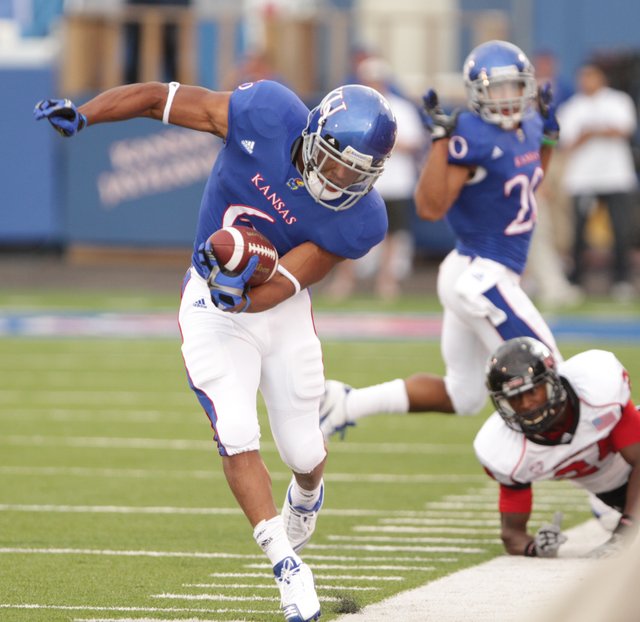The first aspect of balancing involves our senses. We have to know that we are falling and how before we can correct it. That is where our ears come into play. Our inner ears contain fluid that moves and they can be used like accelerometers. Having two ears allows us to know whether we are translating or rotating. Next, we have our eyes, which are very adept at gauging the angle of the ground. Having two eyes also proves useful when distance to the ground becomes important, for example when falling. Our joints provide information about their current angles. Finally, we have our sense of feeling at the bottoms of our feet that tell us the distribution of forces applied by the floor. All of these redundancies are employed to compensate for closed eyes, turning heads, running legs, slanted or bumpy grounds, and so on.
Now that we know the exact position, velocity, and acceleration of our body, as well as the different derivatives of orientation, we must tighten and loosen the appropriate muscles to keep from toppling over like a rootless tree. One way is to use our calf muscles to change the center of force in our feet. Unfortunately, this only provides up to a "foot" of movement. We could shift our weight from one leg to another to shift the center of our base. We could contort our body in such a way that it changes our center of mass. We could rotate our arms to provide a counter-acting angular momentum. Finally, we could lift our legs and plant our feet in different locations to dramatically change our base position. If we are already moving we can simply change the direction of our motion to right ourselves like a rolling wheel.
When it comes to human balance, there are so many senses to be tracked and options to be selected from in such a short time and with such precision that it would overwhelm even the most powerful computers. It is no wonder that football players are so difficult to knock over; actually, it is a marvelous wonder.

No comments:
Post a Comment